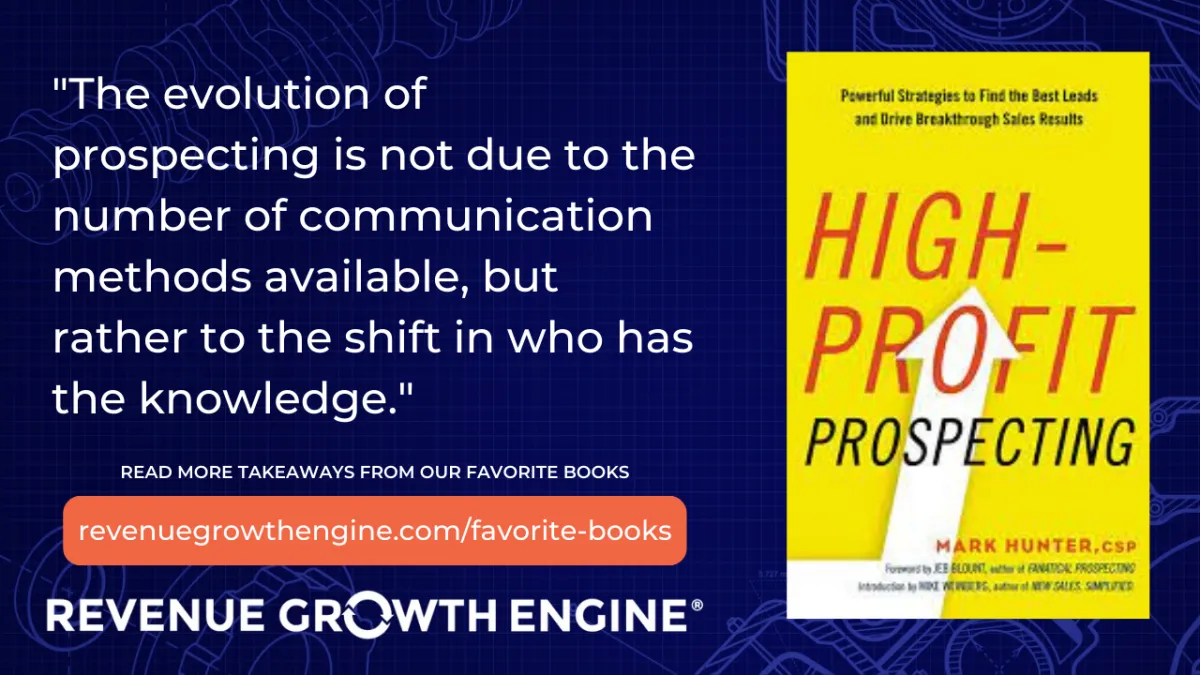REVENUE GROWTH BOOK REVIEW
Revenue Harvest
A Sales Leader's Almanac For Planning the Perfect Year
by
Nigel Green
Sales management plays a critical role in hitting growth goals. Yet, most sales managers do not have a framework for planning and executing. Nigel Green presents a comprehensive model for sales management in
Revenue Harvest: A Sales Leader’s Almanac For Planning the Perfect Year. Drawing from the analogy of a farm, Nigel takes a deep dive into seven principles for sales leaders:
PlanPositionPreparePlantTendHarvestRestore
This is a book that any sales manager, VP of Sales, or CRO will benefit from reading. Here are some of my key takeaways.
Create a Plan
Every farmer plans the season before seeds go into the ground. They look at the weather forecasts, purchase contracts, and anticipated yield. This is used to build a budget. The same applies to sales leaders. “Planning is not optional for sales leaders,” says Nigel. “It’s an essential part of your job and failing to do it can derail your career.” So much of a sales leader’s role is consumed with recruiting, training, coaching, and managing budgets that the critical role of planning can tend to get overlooked. In
Revenue Harvest,
Nigel presents the key components of a sales plan, showing how to break the plan down into quarterly and monthly segments and allowing for the unexpected.
Move To Account-Based Territories
Nigel recommends that the sales plan not only be assigned to reps but also to specific accounts. Which key accounts will help you achieve your goals? He asserts, “When you can assign your sales target at the regional, team, rep, and account level, you will have confidence in your team’s ability to deliver.” The plan also becomes more believable to the reps. Nigel takes this further by recommending that companies consider replacing geographic territories with account-based territories. He makes a compelling case for why the geographic territorial model doesn’t work. The current virtual-selling environment has certainly demonstrated that technology can make location irrelevant. Plus, most companies are spread across multiple locations, making geographic territories misaligned with the client’s goals. In
Revenue Growth Engine I recommend creating a target account program, focusing your sales team on ideal clients and prospects. Nigel gives step-by-step instructions to make that happen.
The Six-Step Hiring Process
Nigel emphasizes the importance of recruiting the right people to your team: “Your responsibility to hire the right candidate supersedes any responsibility to hire quickly.” To do this, Nigel recommends a six-step process to vet out candidates:
Resume Reviewwhere you look for numerical results to give clarity on accomplishments.The 30 Minute HR Interviewto screen out the crazies.Written Assessmentto let you see how the candidate thinks and can express their thoughts.Video Conference Interviewwith rapid-fire questions to see how they handle themselves in an uncomfortable situation.Personality Testto ensure they are the right fit for a sales role.Business Plan and Pitchto the management team demonstrate how they understand business and can present to a buying team.
Nigel goes deeper into each step in this hiring model, unpacking the three “C’s” of a great candidate: character, chemistry, and competence.
Aligning Sales and Marketing
Throughout the book, Nigel presents ways to align marketing and sales. He recommends companies consider hiring Sales Development Representatives (SDR’s) to prospects. If a company has SDR’s, he says that they should be put in the same room with marketing. That allows SDR’s to hear what marketing is saying and lets marketing understand the conversations SDR’s are having with prospects. I think this is brilliant.He also applies the Buy-Sell Hierarchy from Miller-Hieman to help marketing and sales understand the reasons customers buy. He believes that “Value perceived by the customer is the only value that counts.” Reps need to understand the business needs of their clients.
The Role of Sales
I think Nigel’s definition of sales is excellent:"Sales teams create revenue by identifying and realizing opportunities to create value for customer through a series of exchanges and interactions.” Every sales leader should read
Revenue Harvest.
After reading this book through a few times, it should remain on their desk, acting as a reference guide for planning, hiring, and coaching.
More Great Revenue Books








